The Biggest Coal Power Plant in the American West Closed. What Happens with the Colorado River Water It Used?
Navajo Generating Station shut down in 2019 and is now being dismantled. The Colorado River water that cooled the plant is part of a broader legal impasse.
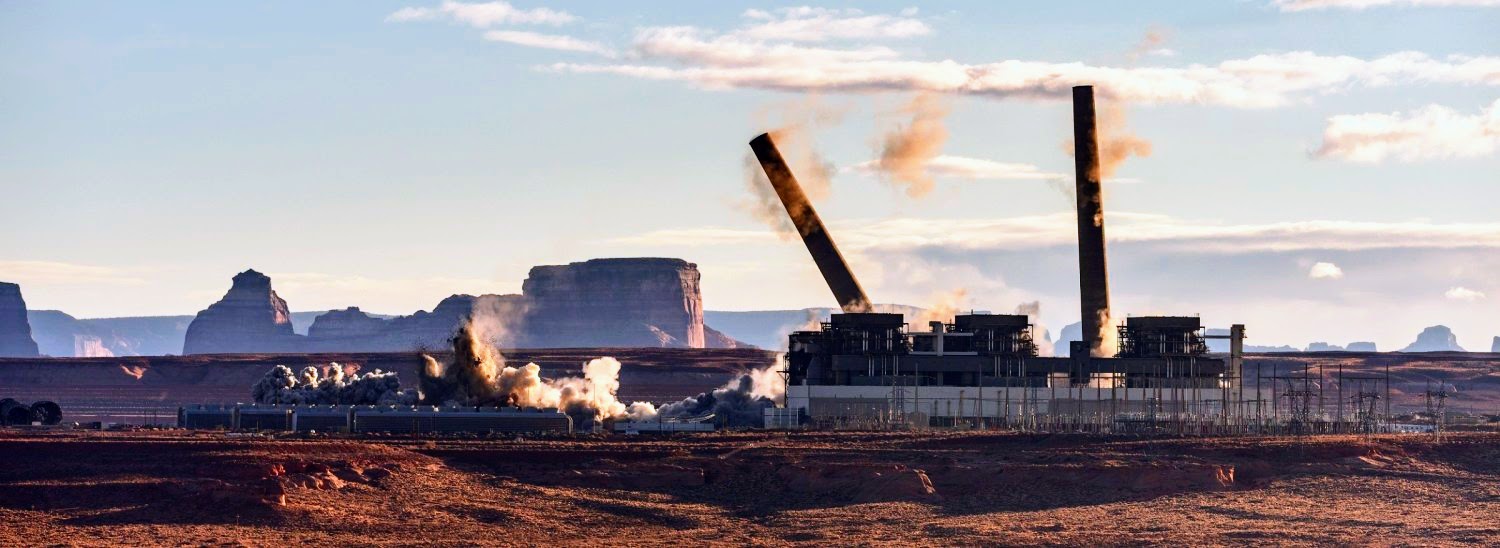
The three smokestacks at Navajo Generating Station were demolished on December 18, 2020. Photo courtesy of Salt River Project
By Brett Walton, Circle of Blue
An emblem of coal power in the United States — and a symbol of coal’s tight bond with water — is being dismantled, piece by piece.
Navajo Generating Station was the largest coal-fired power plant in the American West, a testament to the political bargaining generations ago that divvied up the region’s land, minerals, and water. But the facility’s time is now up. In November 2019, the power plant stopped producing electricity. In December 2020, the trio of 775-foot smokestacks came tumbling down. Six weeks ago, the precipitators that prevented fine coal particles from being emitted into the air were dynamited, crumbling to the desert floor like felled beasts.
In the end, Navajo Generating Station will be little more than a memory. But it also leaves behind an unsettled legacy. Besides a few scattered buildings, a transmission line, and a rail line, what will remain after the facility is decommissioned is a water rights dispute.
The coal-fired power plant that sat on Navajo Nation land in the northeastern corner of Arizona did not just generate electricity. It also drew water from the Colorado River, an essential input for cooling the plant’s machinery.
What happens to that water now that the plant is being decommissioned? Who gets to decide how it is used? In a drying region in which every drop of water is accounted for and parceled out, the stakes are high and the legal claims are unresolved.
The three players are the Navajo Nation, state of Arizona, and the federal government. The ground rules are established in decades-old interstate compacts and more recent federal laws. On the horizon are unsettled water rights claims and new infrastructure. A pipeline to deliver water to the Navajo Nation in Arizona is under construction today — but due to legal complexities there is no certainty that water will immediately flow through the pipes once the system is completed.
As crews proceed with the demolition of Navajo Generating Station, water in northeastern Arizona amounts to a lingering question mark for a basin dealing with climate stress and inequality in water access for the Navajo people.
“The only thing that’s clear is the lack of clarity,” said Stanley Pollack, a contract attorney for the Navajo Nation who handles its water rights.
Water and Power
Completed in 1974, the 2,250-megawatt power station has a storied place in the modern history of Arizona and the Navajo Nation, which spans three states. The power plant was the engine that drove the pumps of the Central Arizona Project, a bulk water provider that is the largest electricity user in the state. The CAP canal system, now powered by electricity from solar, hydropower, and other sources, extends some 336 miles, delivering Colorado River water to three high-growth counties around Phoenix and Tucson.
A pair of dams near the Grand Canyon was the preferred power source for CAP. But a national outcry in the 1960s and opposition from upstream states led the federal Bureau of Reclamation to invest in the coal-fired power plant outside of Page, Arizona.
The Navajo Nation, covering parts of Arizona, New Mexico, and Utah, was another actor in the ensemble. Mines on its land and on the Hopi Reservation provided the coal that fueled the power station and were a source of government revenue. Tribal members found employment at the power plant and mines, but they had to contend with polluted air and depleted groundwater.
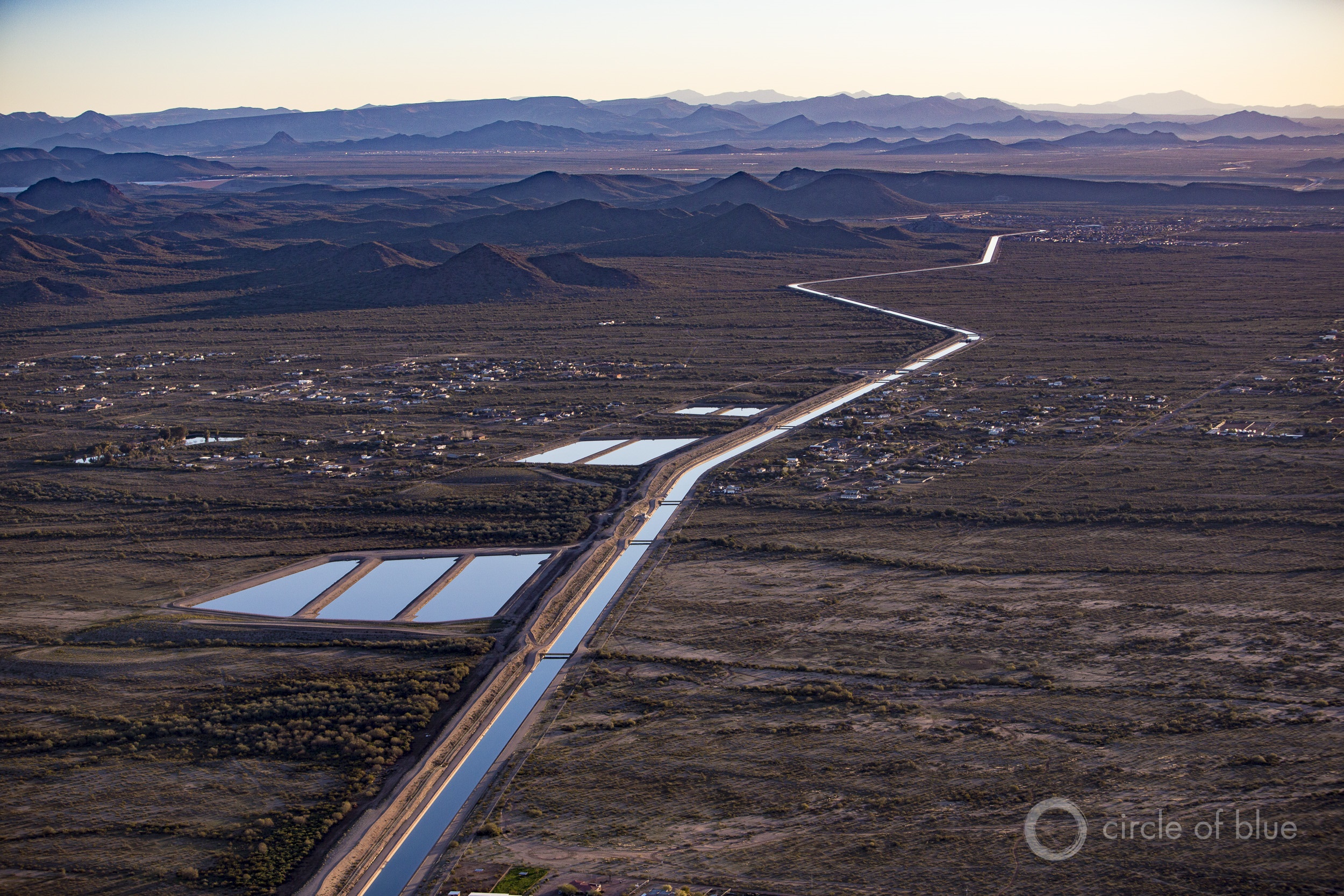
The Central Arizona Project canal snakes 336 miles across the desert to deliver water to three counties in the heart of the state. Photo © J. Carl Ganter / Circle of Blue
The Colorado River was part of the bargain, too. Its water, drawn from nearby Lake Powell, was needed to remove heat created during power generation. In a 1968 resolution, the Navajo Tribal Council approved the consumptive use of 34,100 acre-feet of water from the river for the facility, an agreement that was in place until the end.
Across the West, a generation of coal-fired power plants is reckoning with the same fate as Navajo Generating Station. State mandates combined with cheaper sources of electricity from sun, wind, and natural gas and expensive pollution controls are nudging the owners to retire coal-fired units.
There are benefits to this trend and not just for reducing heat-trapping gases, said Stacy Tellinghuisen of the Boulder, Colorado-based nonprofit group Western Resource Advocates. Closing these facilities brings the possibility of making water available for other industrial, municipal, agricultural, or environmental uses.
Few transfers of water rights from closed power plants have taken place because it is a complex and time-intensive process, Tellinghuisen told Circle of Blue. “Most plants have closed in the last five years,” she said. “The water rights process is slower than that.”
One place where a transfer has taken place is in Colorado. In 2013, Black Hills Energy closed the coal-fired W.N. Clark plant, located in Cañon City. In 2020, the company sold its water rights back to Cañon City Hydraulic and Irrigating Ditch Company for eventual use in irrigated agriculture.
Unresolved Claims
In the case of Navajo Generating Station, water rights are where the accounting becomes tricky. The Colorado River is divided by legal compacts into upper and lower basins. The compacts allocate water between the seven states, while a treaty outlines obligations to Mexico. Most of Arizona is in the lower basin, along with California and Nevada. But not all of Arizona. A sliver of its northeastern corner is located in the upper basin. Nearly all of Arizona’s upper basin land is on the Navajo Nation.
The Upper Colorado River Compact of 1948, negotiated among the states and endorsed by Congress, provides Arizona’s upper basin with 50,000 acre-feet of Colorado River water.
The 1968 tribal council resolution states that the Navajo would not claim the water as long as Navajo Generating Station was operating. If the plant shut down, the resolution directs the Secretary of the Interior to return the water “to the Navajo Tribe for their exclusive use and benefit.”
Pollack, the water lawyer, said that the Navajo Nation’s position is that the 50,000 acre-feet in Arizona’s upper basin allocation “was intended for the benefit of the Navajo Nation.” The Nation also does not believe its water rights are circumscribed by the Upper Colorado River Compact.
How could the Navajo Nation access this water? Pollack presented two hypothetical scenarios. If the Nation, within reservation lands, wanted to dam and draw water from waterways or pump groundwater that is linked to streams, it could do so on its own, Pollack argued. Such a scenario is highly unlikely, he said, given the infrastructure that would be required to store and move water.
A more plausible scenario would be drawing water from Lake Powell, as did the power plant. That option would require a contract with the Bureau of Reclamation, which operates the reservoir. Pollack said he believes Reclamation would then consult with the state of Arizona before approving any contract.
How does the state view its role? In response to written questions, the Arizona Department of Water Resources described what it believes is the process for allocating upper basin water.
“An entity wishing to use any of Arizona’s Upper Basin allocation would need to apply to ADWR for a permit to appropriate the water,” according to the statement. “The director of ADWR would make a decision on the application based on criteria in statute, including whether the entity would put the water to a beneficial use. Water from Arizona’s Upper Basin allocation could also be allocated to an Arizona Indian tribe pursuant to a Congressionally approved Indian water rights settlement.”
There are other opinions. Mike Pearce, a partner with the Phoenix law firm Gammage & Burnham, told Circle of Blue that from his perspective the water that was used by Navajo Generating Station “would revert back to the state of Arizona to be allocated under state law.”
Pearce was chief counsel of the Arizona Department of Water Resources from 1995 to 2002.
Navajo Generating Station consumed 18,100 acre-feet of water in 2018, according to Bureau of Reclamation accounting.
The water in question is not a large amount in the big picture — Arizona’s lower basin, after all, is allocated 2.8 million acre-feet from the Colorado River. But in a region that is drying as the planet warms, every drop of water is important. In the face of these hydrological changes, veteran scholars of the basin have questioned the wisdom of allowing additional withdrawals from the river. Plus, there are equity concerns. An estimated 30 percent of Navajo Nation households do not have running water, which requires them to haul water to their homes, often by driving dozens of miles roundtrip.
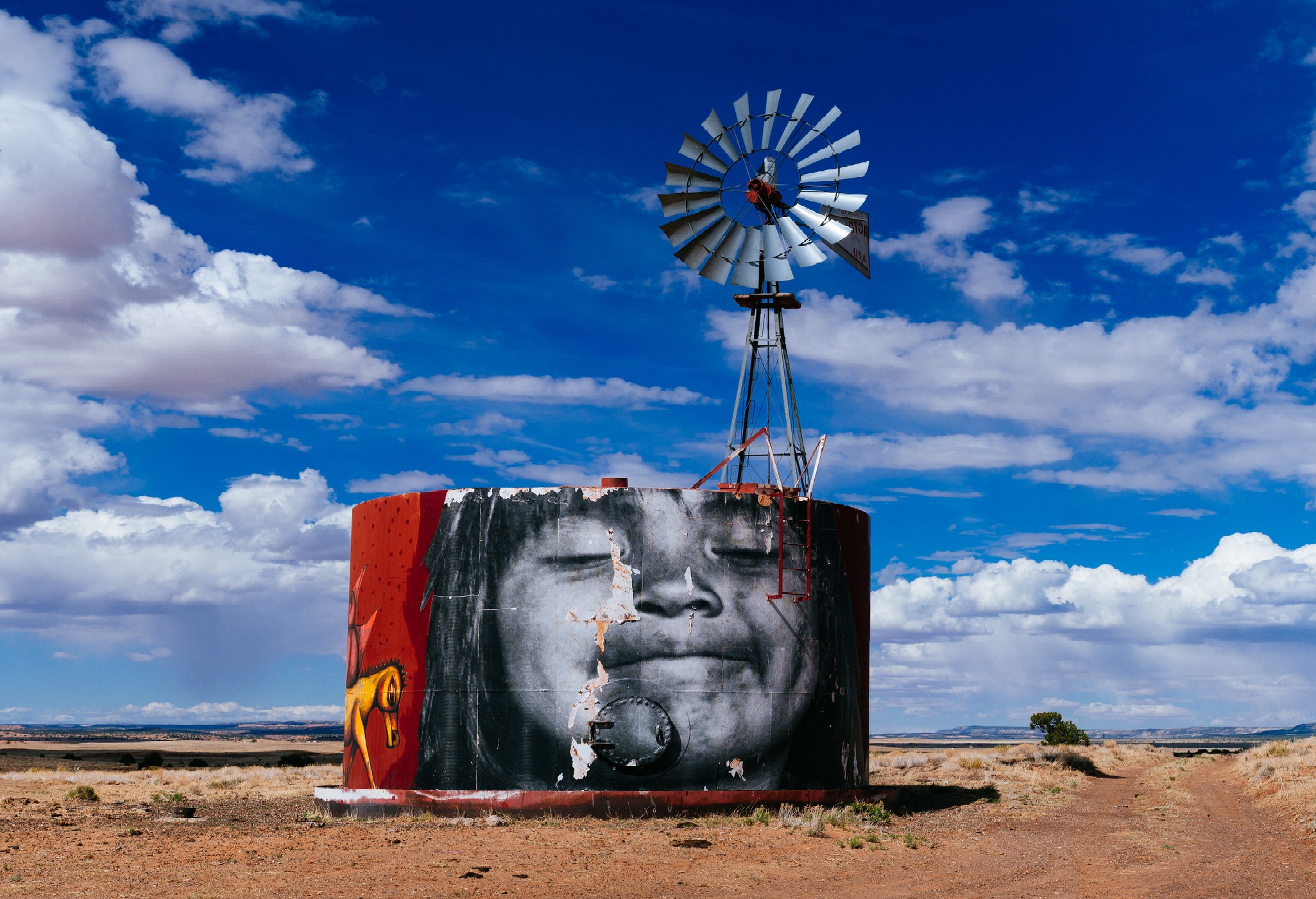
A water tank on the Navajo Nation. Photo courtesy of Flickr/Creative Commons user CEBImagery
Some upper basin water is already being put to use in Arizona. Subtracting Navajo Generating Station, the state’s upper basin use amounted to about 11,500 acre-feet in 2018, mostly for municipal purposes in Page and debits for reservoir evaporation.
What about the rest? For now, the unused portion of Arizona’s 50,000 acre-feet is what is known colloquially as “system water.” It stays in Lake Powell and helps the upper basin meet its water delivery obligation to the lower basin.
Though currently there is not much demand in Arizona’s upper basin, there is one potential use in the near term. An act of Congress in 2009 authorized the Navajo-Gallup water supply project, a system intended to deliver water to the eastern half of the Navajo Nation, as well as the Jicarilla Apache Nation and the town of Gallup, New Mexico.
The law sets aside 22,650 acre-feet for the Navajo Nation in New Mexico, and 6,411 acre-feet for the Navajo Nation in Arizona. The water for the Arizona section is supposed to be subtracted from Arizona’s upper basin allocation.
There is a catch, though. The law states that the water can only be delivered to the Navajo Nation in Arizona if the Nation settles its water rights claims to two other Arizona basins: the Little Colorado River and the lower basin of the Colorado. The Little Colorado River adjudication is ongoing in state court.
For Pollack, the addition of that clause is an insult. It ties water access for Navajo communities in the upper basin to negotiations about other water sources.
“It’s not a matter of settling water rights in the upper basin,” Pollack said. “It’s not a question of managing the waters of the upper basin to make sure water is available. It’s a question of Arizona demanding concessions from the Navajo Nation elsewhere in order to get water that’s needed for drinking water for Navajo people. It’s a leverage game the state is playing.”
The Arizona Department of Water Resources said that the last meeting between the parties was in July 2020. Pollack, who attends the meetings, said he would not characterize the discussions as “active.”
While the legal conflict simmers, the Bureau of Reclamation is continuing to build out the Navajo-Gallup supply system, a project that includes about 280 miles of pipeline in addition to two treatment plants and several pumping stations.
Patrick Page, area manager of Reclamation’s Four Corners Construction Office, wrote to Circle of Blue in an email that major components are now under construction: two pumping stations and a 30-mile section of mainline pipe.
Congress set a deadline of December 31, 2024 to complete the project. But Reclamation can extend that deadline with the agreement of the Navajo Nation and the state of New Mexico. Page said that an extension might be necessary depending on the design assessment of a key intake structure. The wait for water might grow longer.
Brett writes about agriculture, energy, infrastructure, and the politics and economics of water in the United States. He also writes the Federal Water Tap, Circle of Blue’s weekly digest of U.S. government water news. He is the winner of two Society of Environmental Journalists reporting awards, one of the top honors in American environmental journalism: first place for explanatory reporting for a series on septic system pollution in the United States(2016) and third place for beat reporting in a small market (2014). He received the Sierra Club’s Distinguished Service Award in 2018. Brett lives in Seattle, where he hikes the mountains and bakes pies. Contact Brett Walton

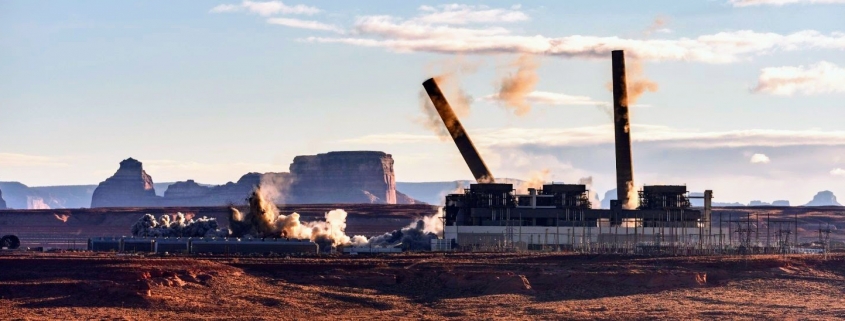

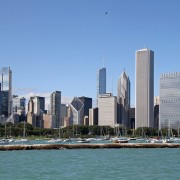
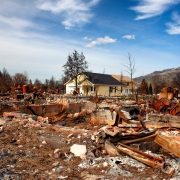
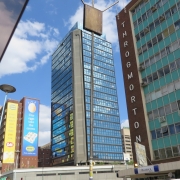
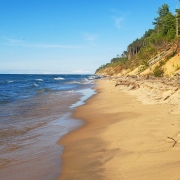
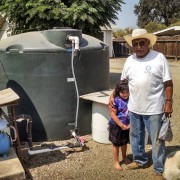

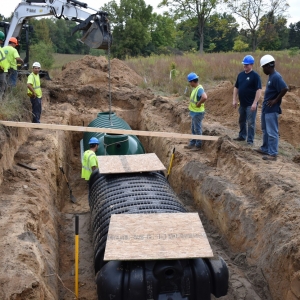

Great job on this article! I have been asking about this since we found out that they were closing down NGS and I couldn’t find it.